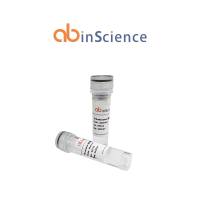Allele-Specific In Situ Hybridization (ASISH)
An unexpected outcome of the diploid genome is that evolutionary strategies have evolved to express only one of the alleles (1 ). The rapidly expanding list of genes that are expressed monoallelically fall into three main categories: random inactivation, allelic exclusion, and genomic imprinting. These categories are distinguished by whether the expressed and inactivated alleles are maintained from one cell division to the next (random inactivation occurs with each cell division, compared to stable propagation through subsequent cell divisions as seen for allelic exclusion and genomic imprinting) and whether allele inactivation or expression is determined by parent of origin of inheritance (this differentiates allelic exclusion from genomic imprinting). Genomically imprinted genes are currently more numerous than members of the other categories. This fact is likely to reflect that the persistent (in)activation of one allele in a parent of origin-specific manner has facilitated the detection of monoallelic expression patterns in RNA extracted from homogenized tissue. This crude approach does not take into account, however, different imprinted states within a tissue, or, indeed, random allelic (in)activation. It is not surprising, therefore, that well-known genes, such as Il2 (2 ), were only recently found to be monoallelically expressed in a random manner (1 ).
![预览]()






